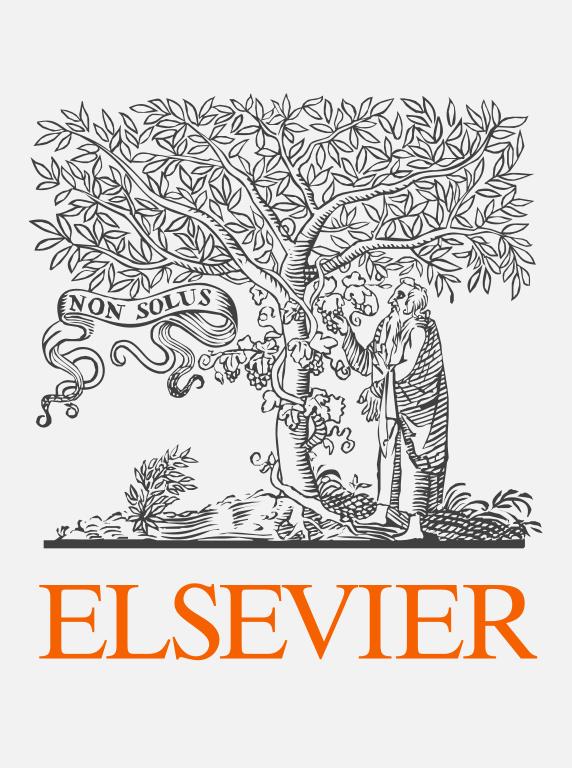was read the article
| Year/Month | Html | Total | |
|---|---|---|---|
| 2025 April | 6 | 2 | 8 |
| 2025 March | 45 | 8 | 53 |
| 2025 February | 19 | 7 | 26 |
| 2025 January | 34 | 2 | 36 |
| 2024 December | 25 | 5 | 30 |
| 2024 November | 57 | 19 | 76 |
| 2024 October | 63 | 20 | 83 |
| 2024 September | 23 | 20 | 43 |
| 2024 August | 62 | 28 | 90 |
| 2024 July | 35 | 32 | 67 |
| 2024 June | 24 | 68 | 92 |
| 2024 May | 65 | 28 | 93 |
| 2024 April | 60 | 42 | 102 |
| 2024 March | 46 | 18 | 64 |
| 2024 February | 31 | 13 | 44 |
| 2024 January | 157 | 28 | 185 |
| 2023 December | 20 | 28 | 48 |
| 2023 November | 37 | 46 | 83 |
| 2023 October | 44 | 41 | 85 |
| 2023 September | 46 | 31 | 77 |
| 2023 August | 72 | 10 | 82 |
| 2023 July | 23 | 20 | 43 |
| 2023 June | 30 | 15 | 45 |
| 2023 May | 53 | 12 | 65 |
| 2023 April | 39 | 3 | 42 |
| 2023 March | 11 | 7 | 18 |
| 2023 February | 14 | 4 | 18 |
| 2023 January | 7 | 5 | 12 |
| 2022 December | 17 | 3 | 20 |
| 2022 November | 0 | 0 | 0 |




